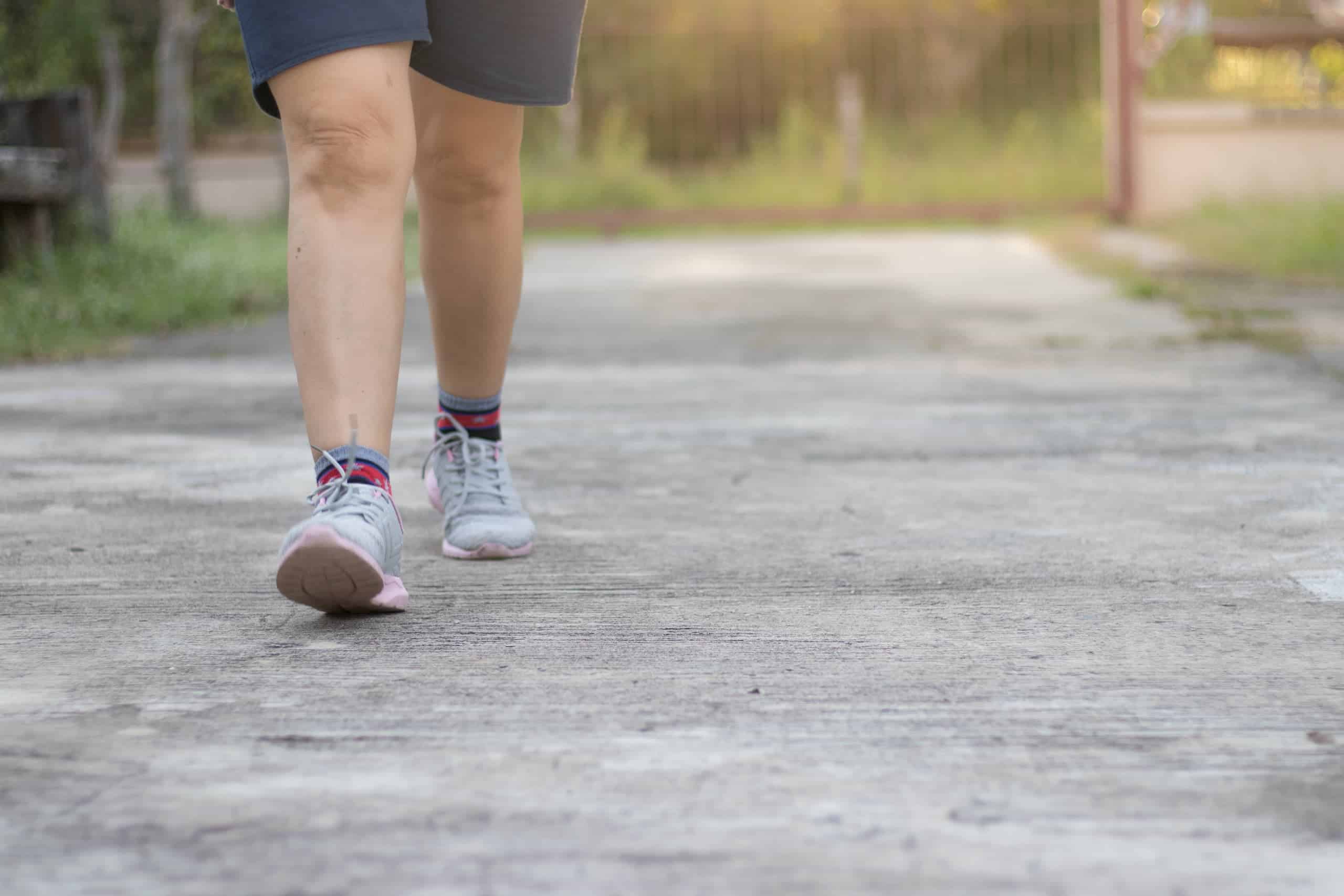It is that time of year. The time for monster dashes, zombie runs, turkey trots, color runs, and glow races. Themed 5K race season is here and not only are 5Ks a great way to get out and get active, they can be a fun activity that the whole family can enjoy. While five kilometers is nowhere near a full marathon and is an achievable distance for most healthy individuals, it is not a distance you can just show up and run. Running a race without training or training improperly can lead to a disappointing experience or even serious injuries. Here are five tips for training for a 5K.
Get Cleared by Your Physician
Before beginning any exercise program, it is recommended that you get cleared by a physician for strenuous exercise. If you are young and healthy, it is still important to have yearly physicals. If you have some dings on your medical history such as hypertension, diabetes, heart disease, or lung problems, be sure to talk with your doctor to discuss your racing goals.
Get Cleared by a Physical Therapist
Seeing your position to ensure that you are safe from a cardiovascular or general health perspective is important. However, getting a general musculoskeletal review to ensure that all of your joints are fit for this type of activity is equally important. You don’t have to be suffering a current injury to have a skilled practitioner anticipate where you may run into trouble. As a measure of prevention, targeting areas of poor musculoskeletal health with special stretches and strengthening could prevent a season of injuries.
Be Properly Equipped
The appropriate clothing and footwear can make a world of difference in comfort while training. If you are chafed with aching feet, your likelihood to persevere in your training decreases significantly. Lightweight, sweat wicking materials are a great start. For race day, dress in layers for cold weather. Remember, you are going to warm-up after you start racing! Cheap hats and gloves that won’t be a hit on the wallet if you have to toss them mid race are a great idea for cold weather races. Also, do not race in a brand new outfit. It would be terrible to find out that a pair of shorts ride up as you run or a socks seam irritates your toes on race day.
Picking the right shoes to train and race in can make or break you. Running in the wrong type or unsupportive shoes can not only cause foot pain, it can lead to problems up the body chain in the knees, hips, and back. While very lightweight shoes may seem like the way to go for racing, a supportive shoe is the best choice for most runners. Pick a shoe based upon your foot type and gait pattern. Not sure if you are an overpronator or have excessive supination? Venture Rehabilitation Sciences Group can analyze your gait and help you determine the best type of shoe for you.
Pick a Date
When picking your race, give yourself plenty of time to train. You will need approximately 4-8 weeks of training time depending on your fitness level. Picking a race that does not allow the time to adequately train can set the stage for injury.
Decide on a Training Plan
There are many different 5K training plans to pick from. Choose a plan that slowly and steadily increases your running distance and begins with a healthy mix of jogging and walking. The workouts begin with mostly walking and gradually increases the running distance to a 5K. Another bonus is these plans incorporate warm-ups and cool downs in the workout which are essential to injury free training. If the initial workouts are too easy, feel free to skip ahead.
On the other hand, do not hesitate to repeat a week of workouts if you are still having a lot of difficulty.
Part of your training should include some cross training and stretching. Light strength training on days opposite of running days can help enhance your performance. Improving flexibility can improve performance and is a critical component of preventing injury.
Fuel Your Body
Putting the right fuel in your body is a step in the right direction to training for a 5K. Lean proteins and complex carbohydrates like those found in foods such as grilled chicken and brown rice and vegetables can help to stabilize blood sugar and do not sit heavy on the stomach like greasy, fried foods do that can cause gastrointestinal trouble. On race day, stay hydrated and eat something before the race that you have tried before and know will not cause your stomach to be upset while you run.
Get your Feet Moving and Sign-up!
What are you waiting for? Now that you have the tips for successfully training for a 5K do not hesitate to sign-up! Do you have a lingering orthopedic problem you want checked out before you begin training? Call Venture Rehab and one of our university trained therapists will help get you get your feet moving today!
